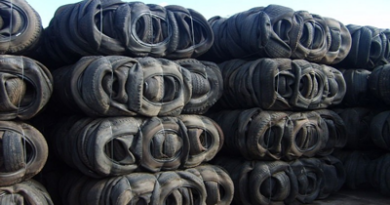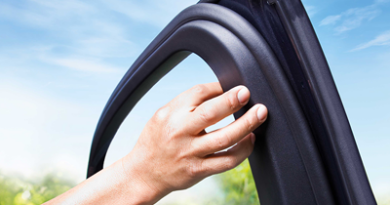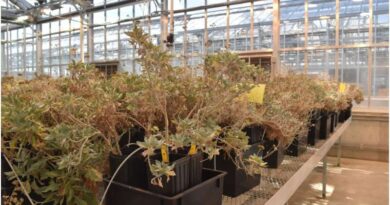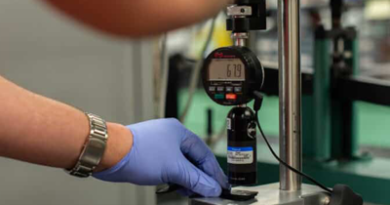Bringing circularity at scale to the rubber industry with sustainable carbonaceous material
Pyrolysis has been used as a means of recycling end-of-life tires or other post-industrial and/or consumer rubber products for several years. This process produces several valuable secondary raw materials that support the circular economy. One such material, sustainable carbonaceous material (SCM), can be used as a sustainable alternative to carbon black in many applications where traditional virgin carbon black is used. Although traditionally seen as suitable only for low value applications, recent advances allow the use of SCM in a wider range of higher value products. These advances are helping compounders and OEMs meet their sustainability targets by allowing the use of a higher percentage of sustainable materials in their formulations with minimal adjustments or loss in performance.
Read More








